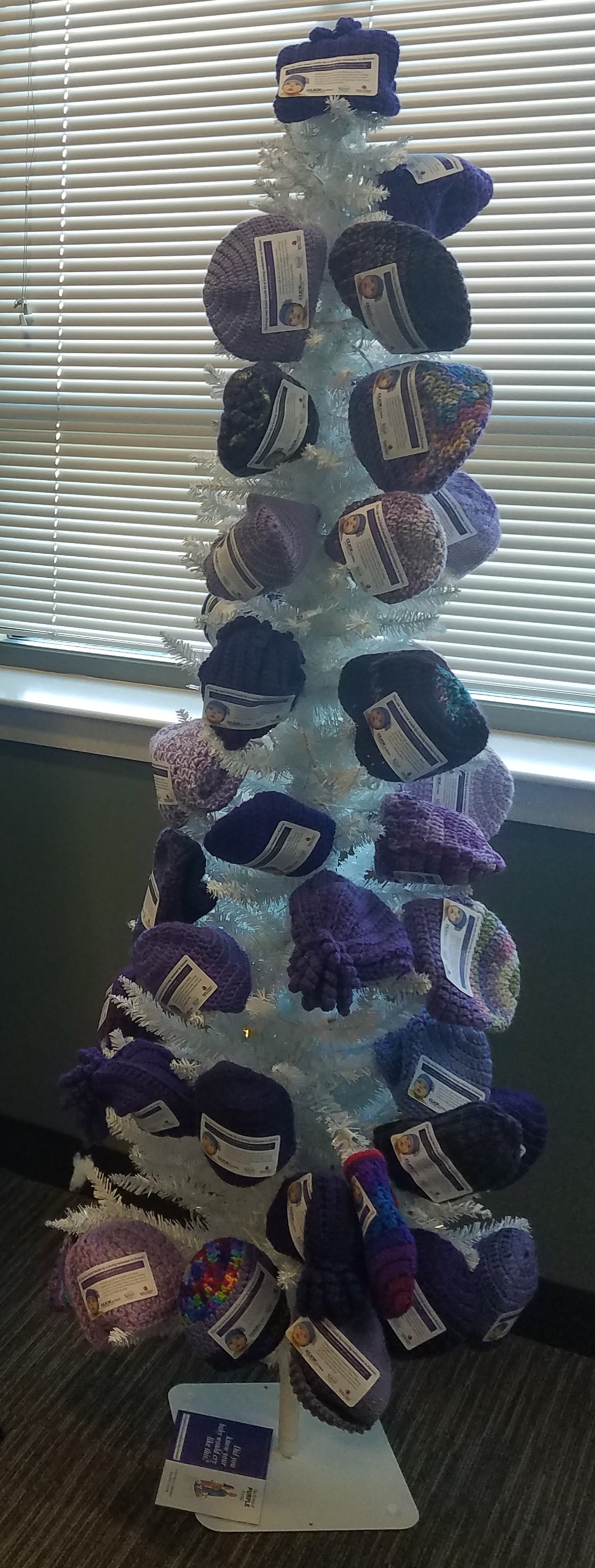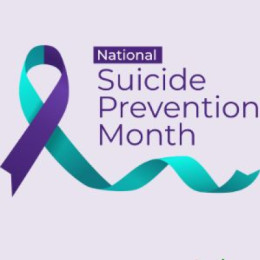Posted On: November 5, 2019 by Community HealthCare System in: Community health news

By Katie Kufahl: A crying baby can make just about anyone anxious, but new parents or caregivers can feel especially worried or frustrated when their baby cries and they don’t know how to help.
The period of purple crying helps parents understand this time in a young baby’s life. Crying is a normal part of every infant’s development. The acronym PURPLE describes specific characteristics of an infant’s crying during this phase.
P: Peak of crying. Your baby may cry more each week, the most in month 2, then less in months 3-5.
U: Unexpected. Crying can come and go and you don’t know why.
R: Resist soothing. Your baby may not stop crying no matter what you try.
P: Pain-like face. A crying baby may look like they are in pain, even when they are not.
L: Long-lasting. Crying can last as much as 5 hours a day or more.
E: Evening. Your baby may cry more in the late afternoon and evening.
Parents and caregivers should know that what they are experiencing is normal and, although frustrating, it is simply a phase in their child’s development that will pass. That’s why we call it the period of purple crying: it is only temporary, and it will come to an end.
In the month of November, the Community HealthCare System Birth Center is displaying purple hats, and we will give a hat to all new parents. The hat is a reminder for parents about the important messages of increased infant crying, and that it’s okay to feel frustrated, but to NEVER shake a baby. We also want to help new parents understand the importance of sharing this information with anyone who will be caring for their baby.
Katie Kufahl is the manager of the Community HealthCare System Birth Center. She is also a registered nurse and certified lactation consultant.











0 comments